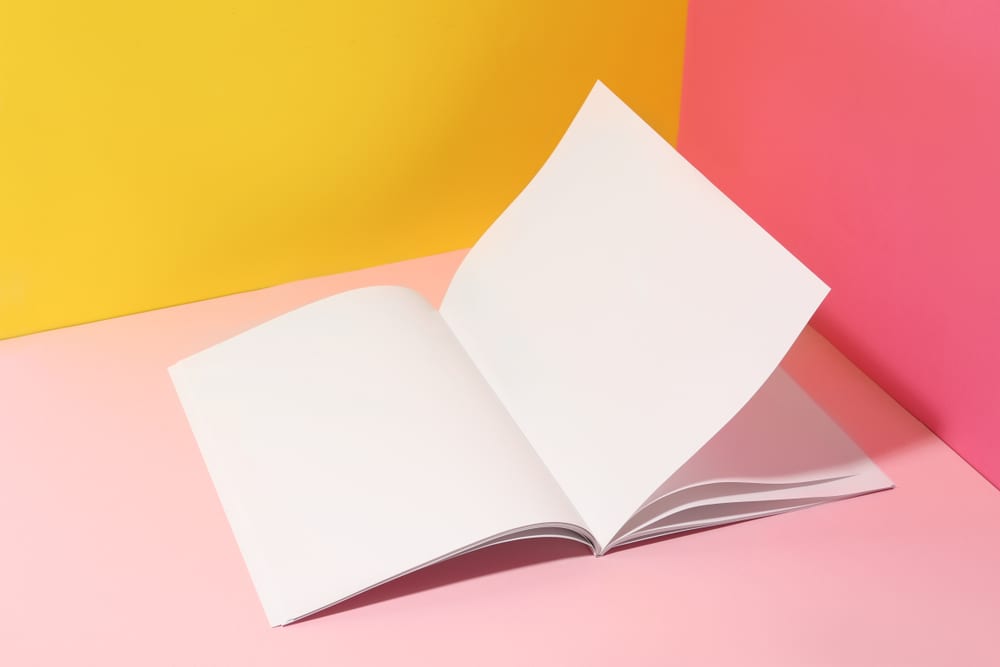
What Makes Good Marketing Design?
Design is the crux of marketing. You can try to hook your audience with catchy slogans, consistent branding, appealing campaigns, but without good design, your audience might not give your marketing the time of day. Whilst ‘good’ design is subjective and open to a lot of personal interpretation, there are many aspects of design that are found in all good marketing campaigns.
What are these aspects, and how can you use them straight out of the gate? Fortunately, there are several rules to follow to keep up consistent design, and thus consistent marketing. Here are just some of the key points of design that can take your marketing from good to great.
Colour
In design, many stumble with colour. With literally millions of options at your fingertips, it’s not hard to see why. So, what is the best approach to colour? For palettes in general, an easy rule of thumb is to pick one dominant colour, and then three to four colours that compliment it in a secondary palette. Many tools online exist to auto-generate colour schemes from a single dominant colour, or even completely from scratch.
For marketing specifically, the most important thing to remember is your use of colour should reflect your brand’s personality. This can go beyond picking colours that match logos, and also require you to consider what context colours will appear in. Greens could give the image of the outdoors, especially if being used for a brand focused on outdoor equipment, but could also give the impression of health and wellbeing, especially if used for a pharmaceutical brand. Think about what contexts your brand will appear in, and what colours will be the best match for those environments.
Shape
One of the quickest and easiest ways to emphasise details is with the use of shape. Shapes are highly effective ways to guide the eye, make information pop out, and convey tone with the kinds of shapes used. Consider the difference between a broadsheet’s use of strict and sharp rectangles, and a kids magazine’s use of bubbly organic shapes. Look at existing designs, how they use shapes, and consider why they use them in specific contexts. Shapes can also be used in contrast to each other. Information you really want to stick in your audience’s head could be placed in a circle, whilst less important information can fall to the background.
Balance
Humans are naturally drawn to things with symmetry. You can, much like many designs do, take advantage of this to make your designs aesthetically pleasing. Try not to make one part of your design too heavy, such as cramming everything into one location and leaving the rest of your design bare. Balance is not just brought with positioning however. Balance is a mix of shape, colour, typography, and alignment, making sure that all parts of the design are consistent with itself. This can make balance a tricky thing to master, but an extremely powerful tool once you do.
Want more help with perfecting your marketing designs? Get in touch with our design experts to see how we can help you and your brand.





